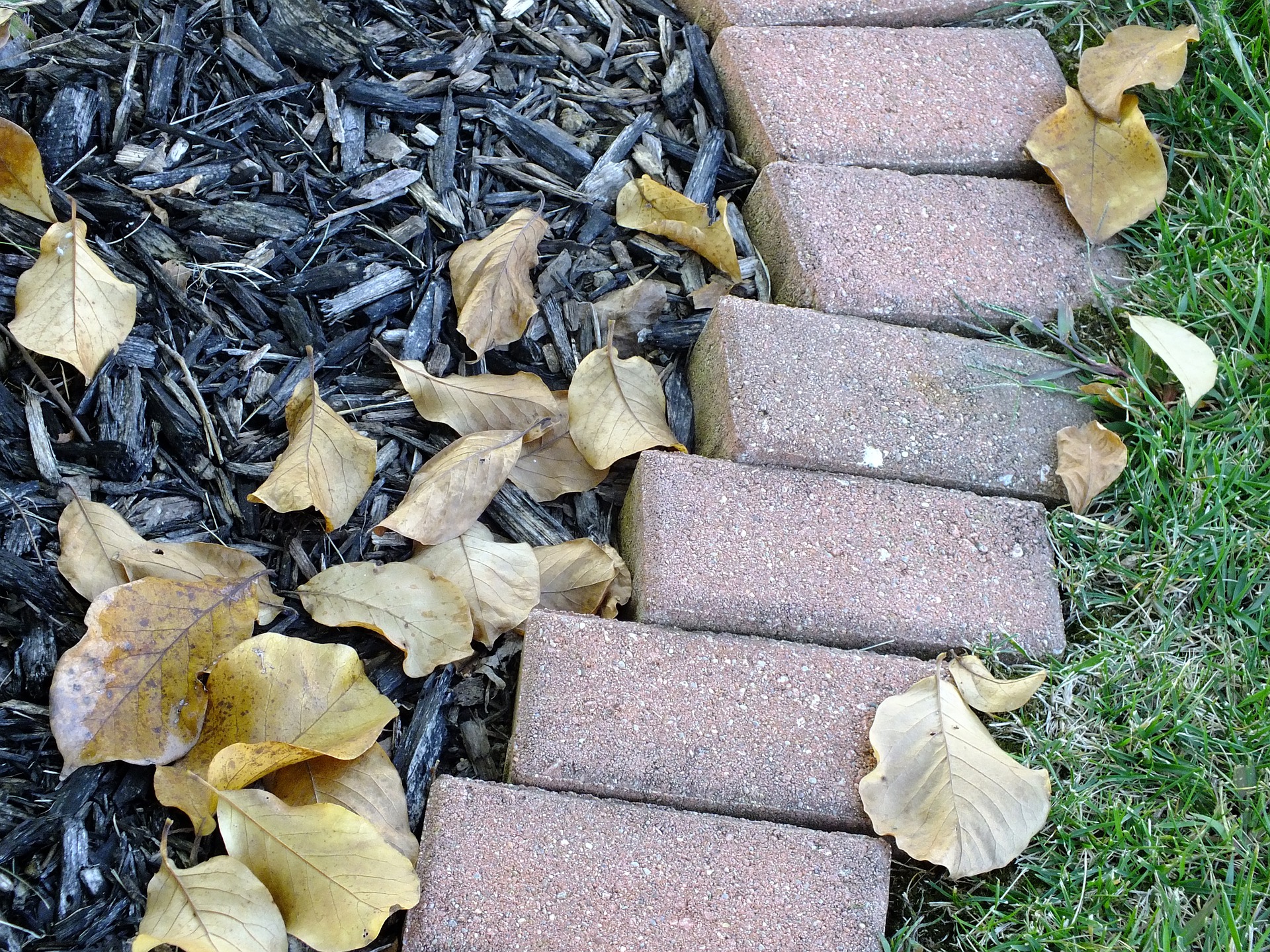The dog days of summer are slowly fading into crisp fall mornings. For those who love their landscaping and garden beds, it’s time to prep them for the next growing season. RELS Landscaping Supply has the fall mulching tips you need to prepare your soil now for next year’s harvest.
Preparing Beds
When the last of your flowers bloom and the final tomatoes are plucked, it’s time to prep garden beds for a long winter’s nap. For those of us in the Mid-Atlantic Area, where winter weather can be unpredictable, soil beds need protection from the elements. Mulching provides nutrients that help the ground be in top shape to receive seedlings and plants next spring.
First, clear old plants and produce from your beds. Stems, fruits, vegetables, flowers, weeds, and other debris must go. If you spot diseased plants, remove them. Compost or dispose of everything cleared away. Then, till or rake the soil, mix in nutrients, and amend it.
Selecting Mulch
Mulch is organic material placed on beds that deliver nutrients while protecting plants. Mulch ingredients can include:
- Bark
- Chipped or shredded wood
- Pine needles
- Grass clippings
- Raked leaves
- Compost
- Straw
- Shredded newspaper
How do you know which type works best for your beds?
Straw and hay work well in extensive vegetable gardens because they are slow to break down and can last an entire growing season. Shredded leaves are a great option when your yard is tree heavy and you need a place for raked leaves to go. When mixed with mulch, it combines the best of organic matters working together to protect your plants.
Living mulch is another option. This green manure or cover crop is filled with live plants that take the place of traditional mulch. If your large vegetable beds are prone to winter soil erosion, growing produce like rye or other winter-thriving vegetables can help keep your soil in good condition and in place during snowfall and melting ice.
One type of mulch does not fit every garden’s needs. Your mulch needs can vary depending on where you live, the plants you grow, and your garden space. Knowing the pH levels and type of soil you have are good information to share with RELS. We’re happy to help you select the best option for your needs.
Prepping Perennials
Perennials return year after year. Unlike your annuals cleared away at the end of summer, these beauties are more likely to return if you care for them now. Give them the TLC they deserve by mulching around stalks and exposed roots. Colder temperatures can cause frostbite on roots. Prepping perennials for fall helps ensure they’ll see you again this spring.
Let’s Mulch!
After the first frost of the season, it’s time to get busy mulching. Waiting until then helps plants ease into dormancy before frigid temperatures may not allow them to survive. Place several large piles in desired areas. Using your hands, spread it evenly across garden beds. Leave a little space between the layers and any plant stems or branches to allow plants to breathe and prevent rot.
Fall mulching will save you time, energy, and money next spring. It helps prevent weed growth, which saves your hours of work. Protecting your perennials, trees, and shrubs this fall lets you invest in new plants that encourage pollinators or those decorative stones you’ve wanted for your hardscape. Our RELS teams in Frederick and Silver Spring are ready to assist with your landscaping needs. Contact us today, and let us help you select the right type and the right amount of mulch your garden needs.

